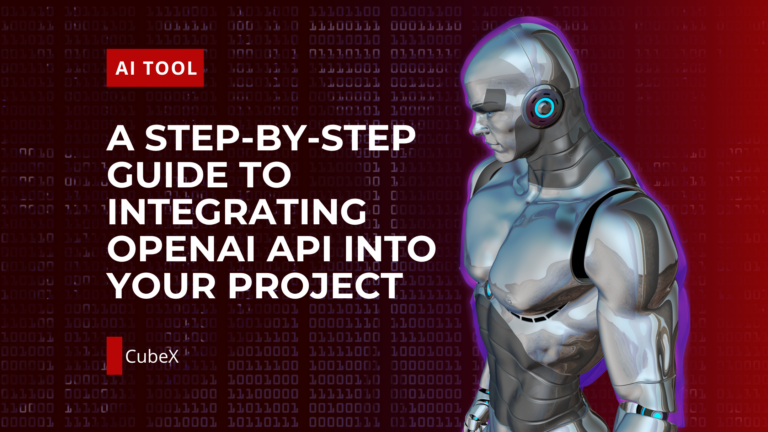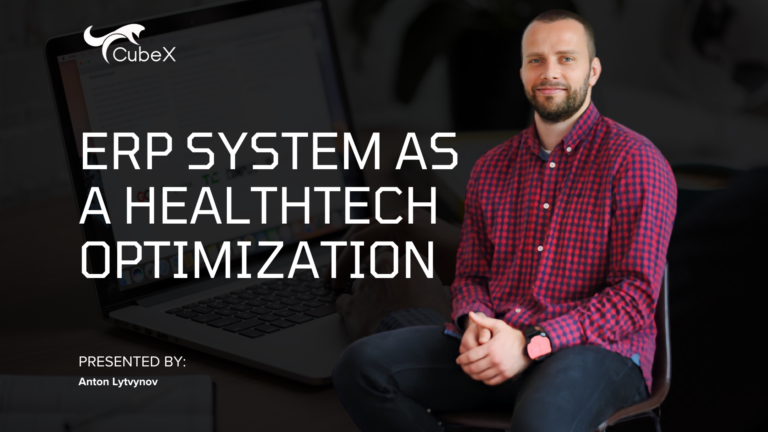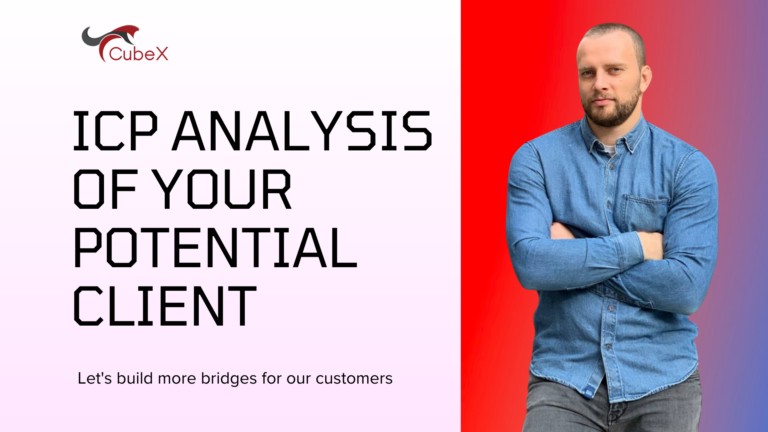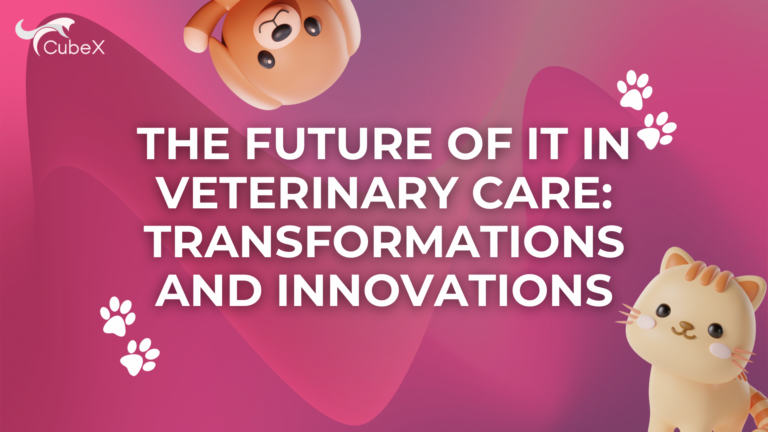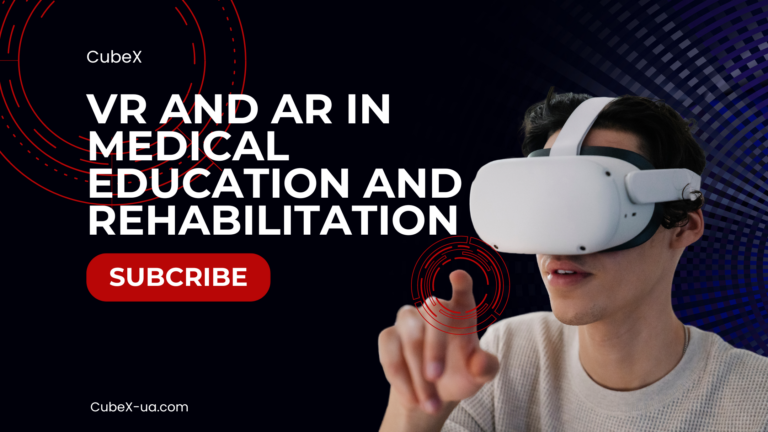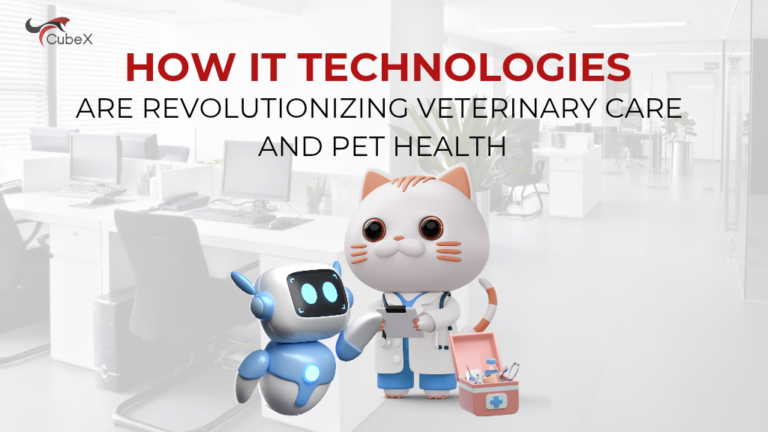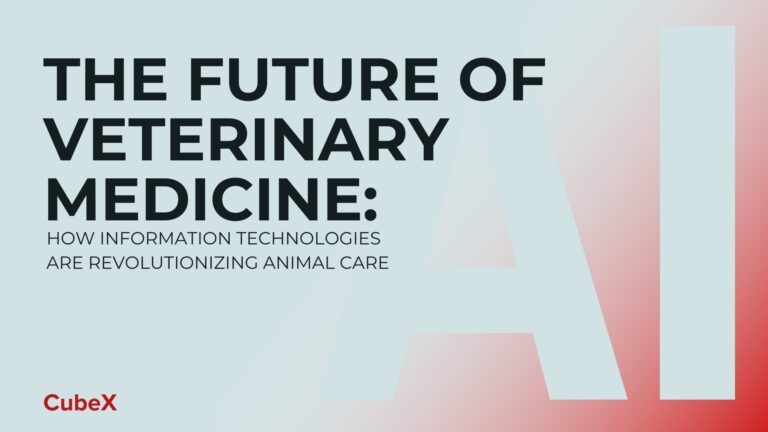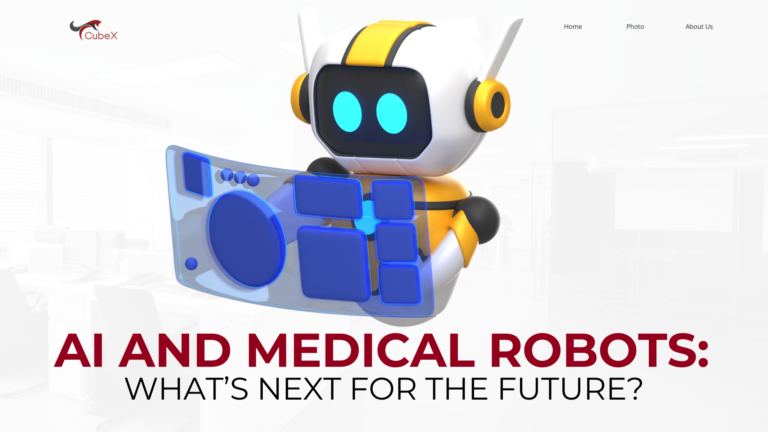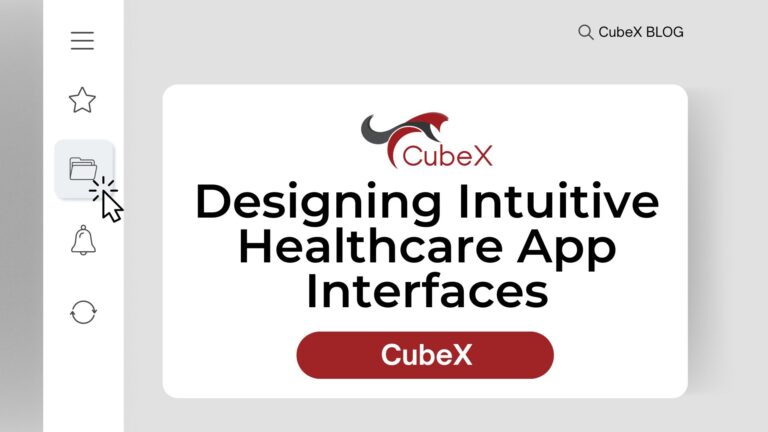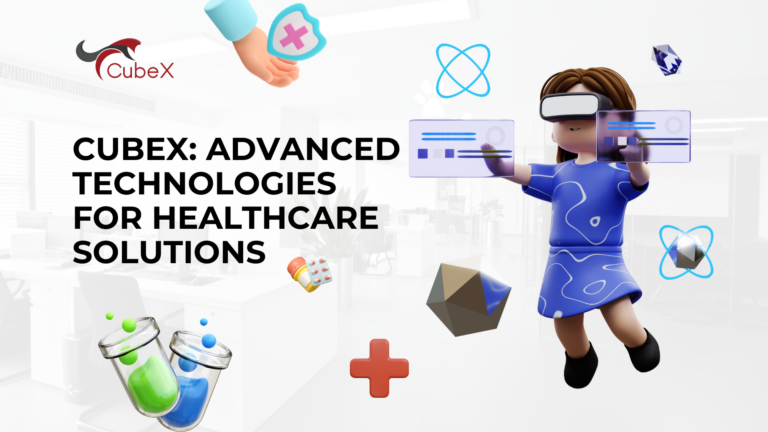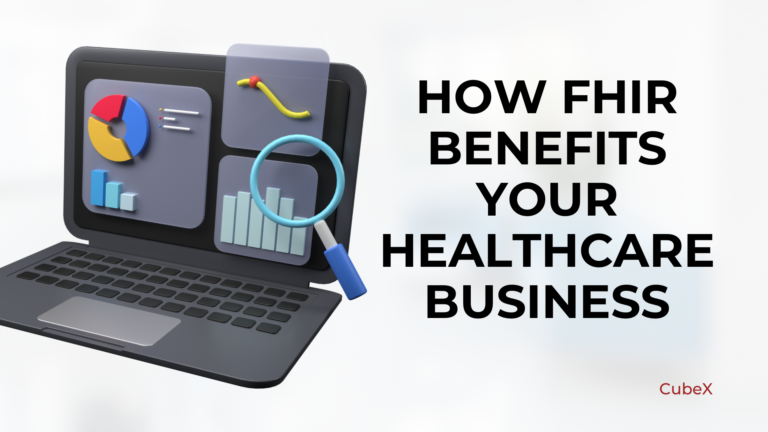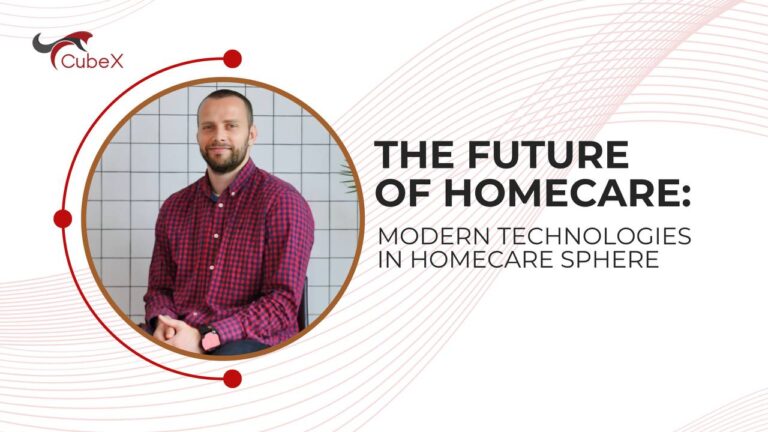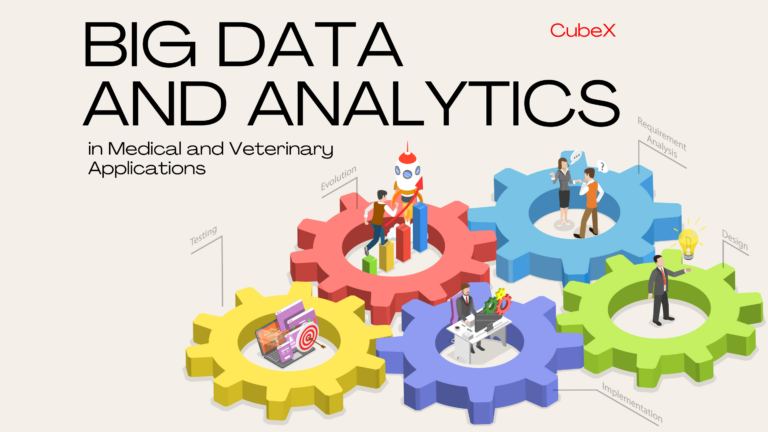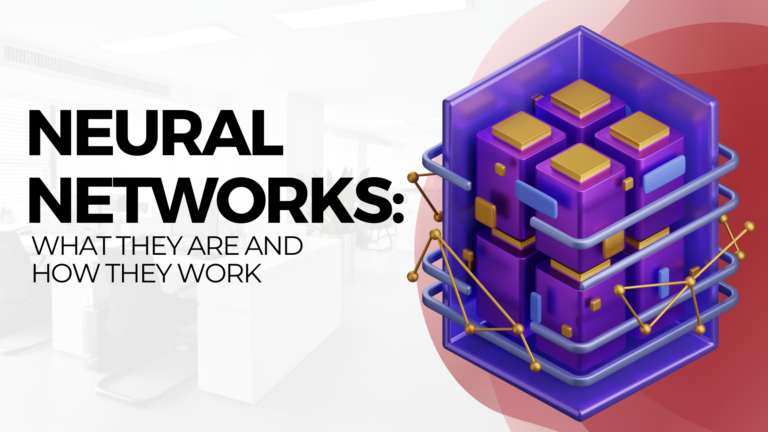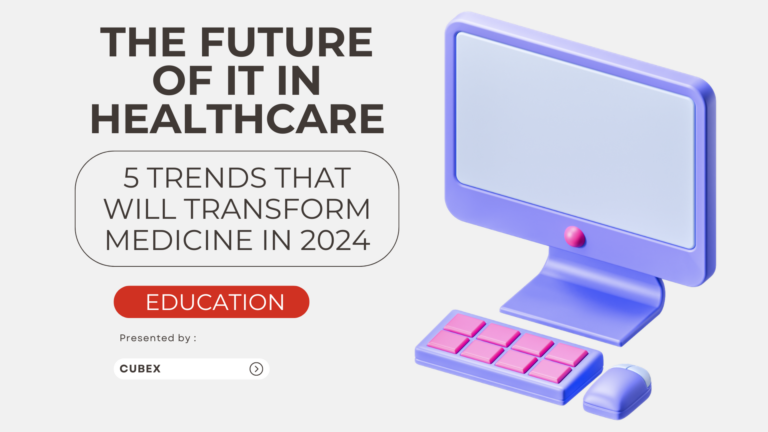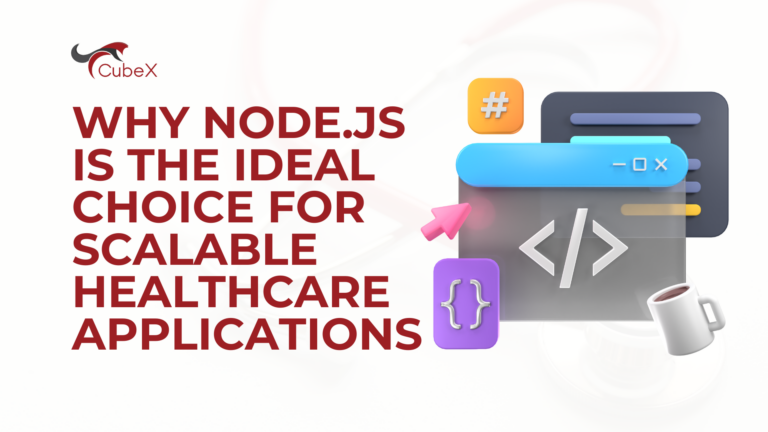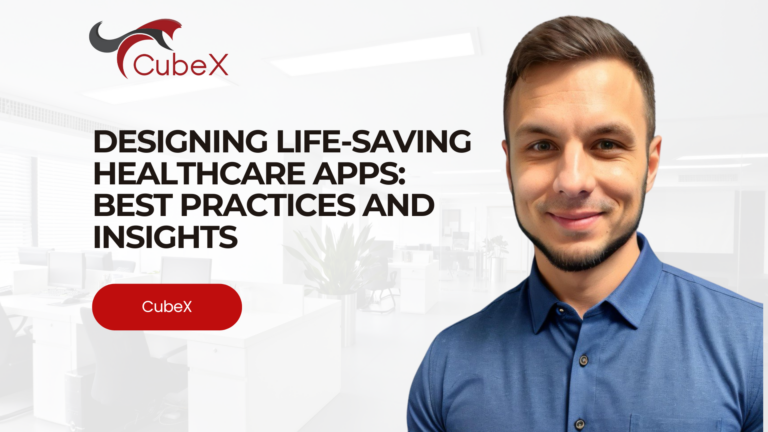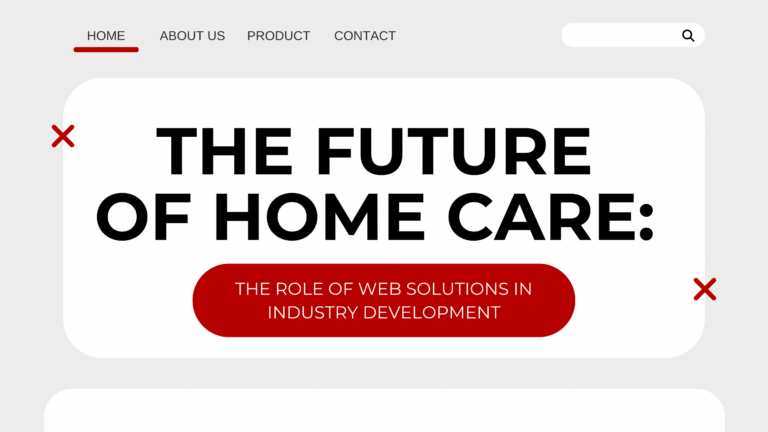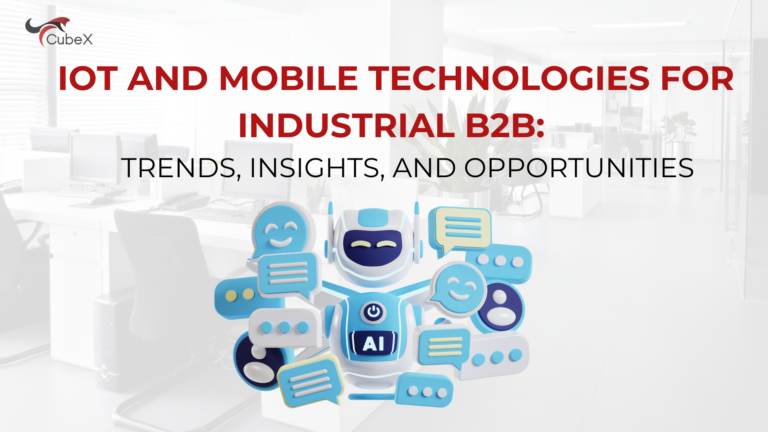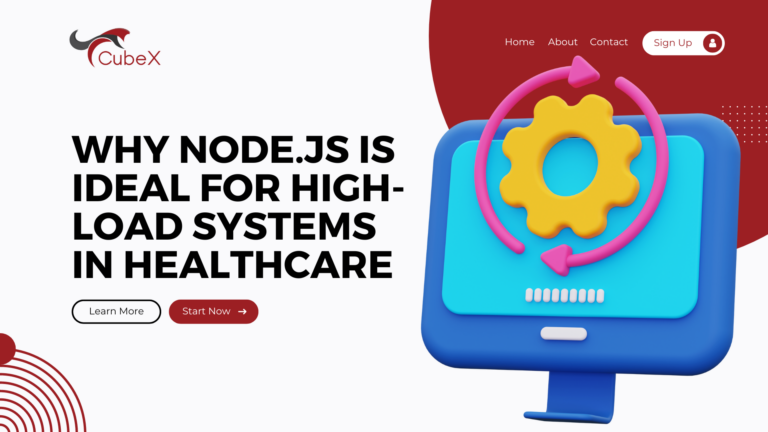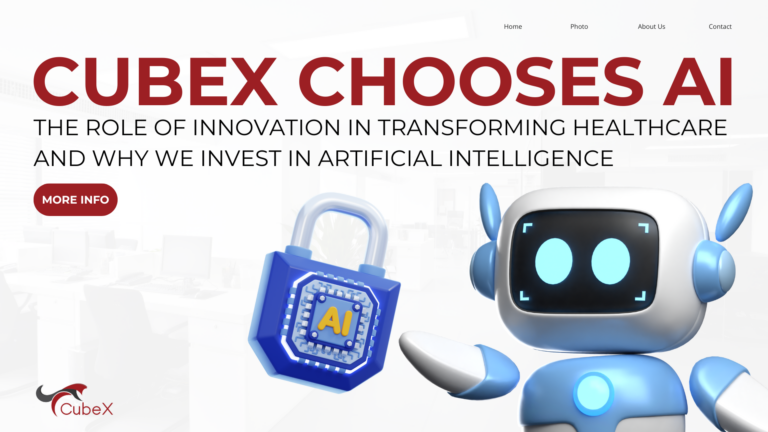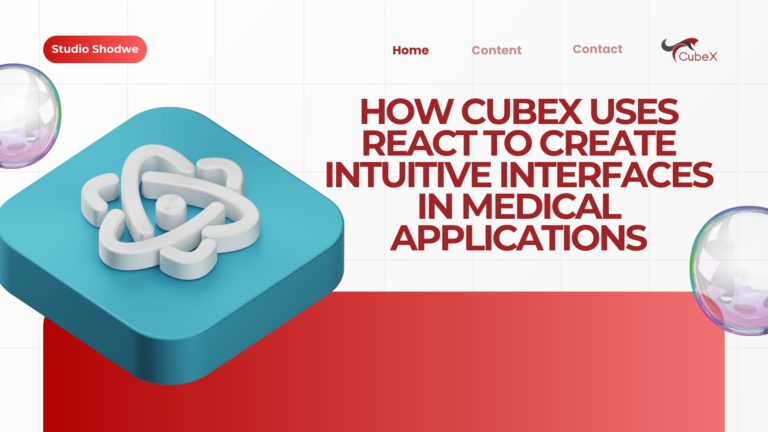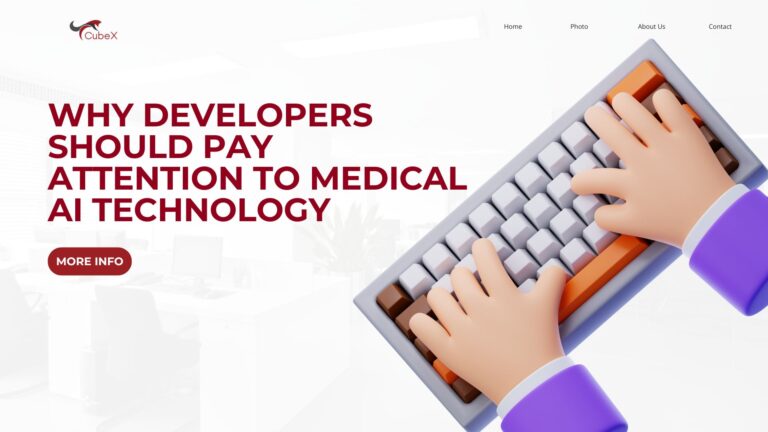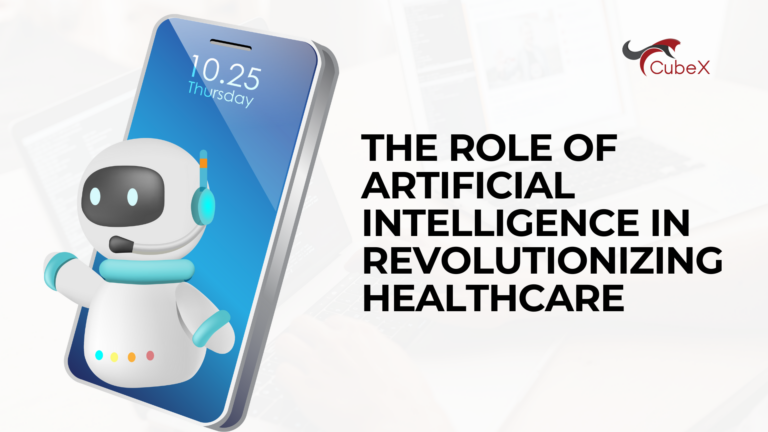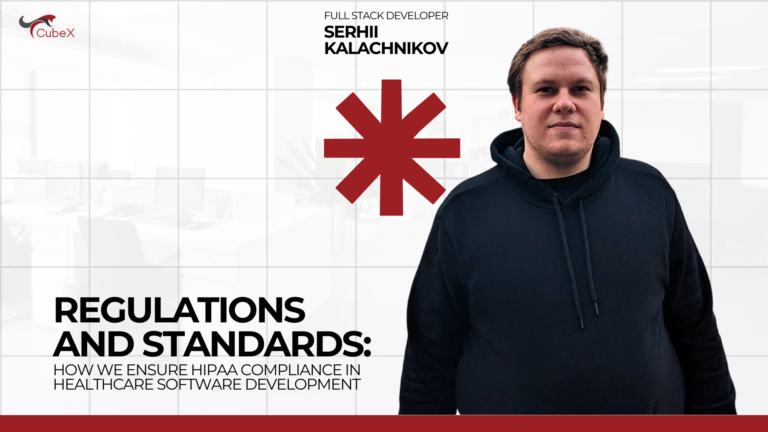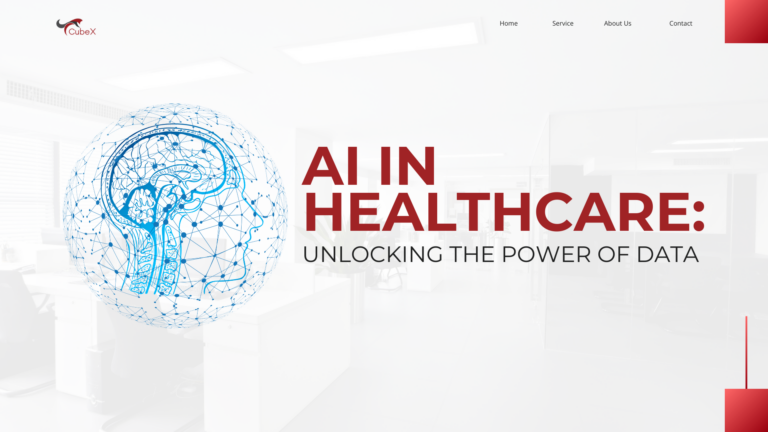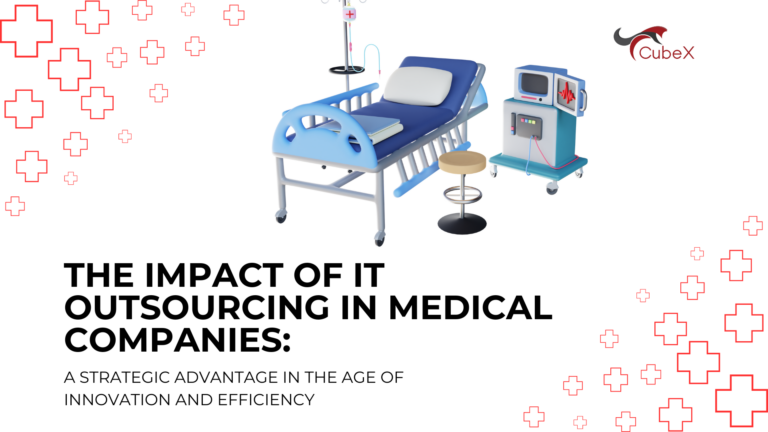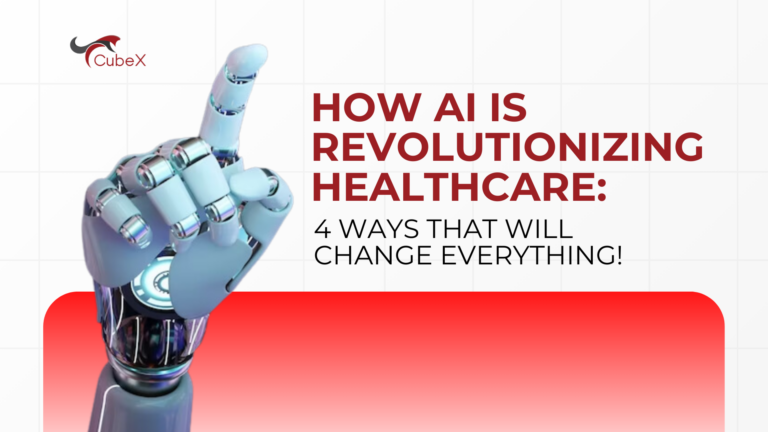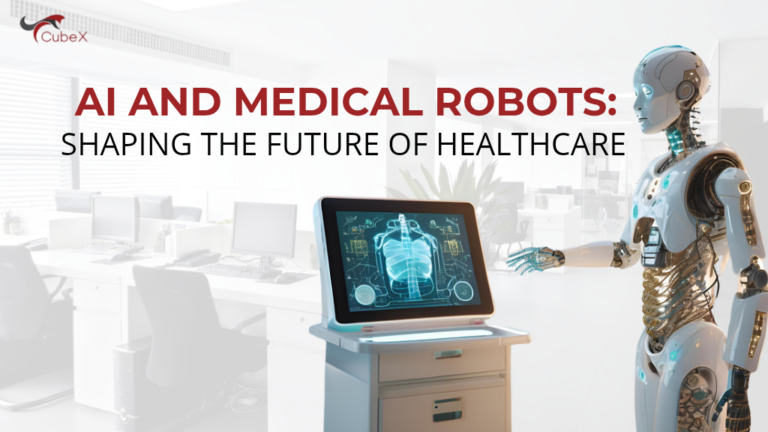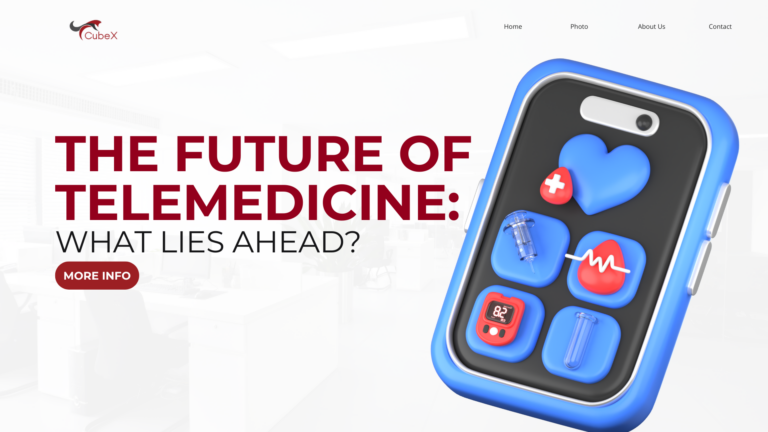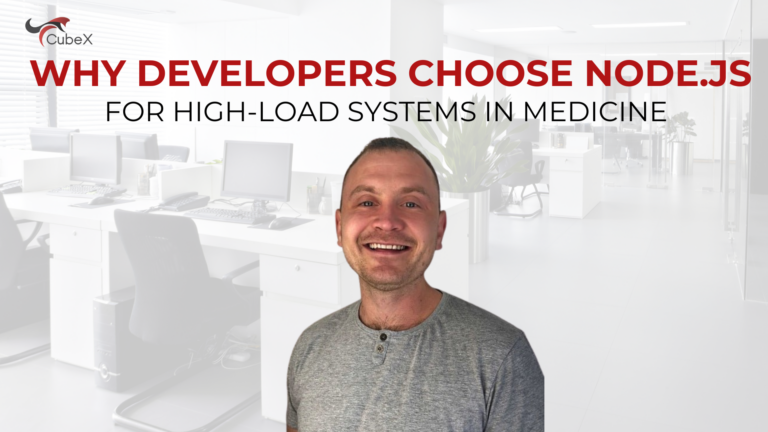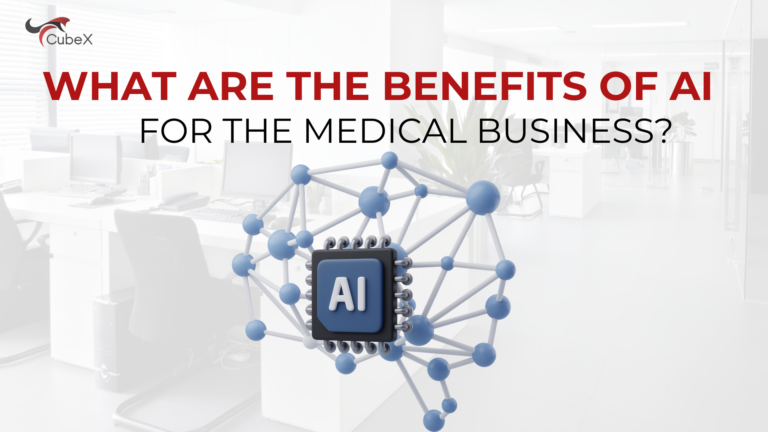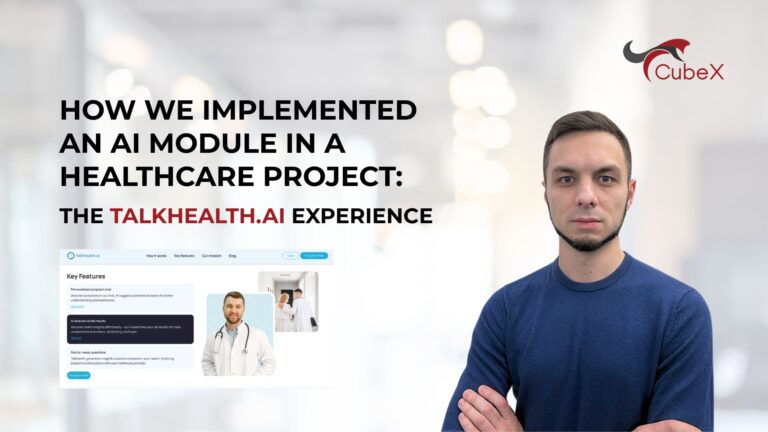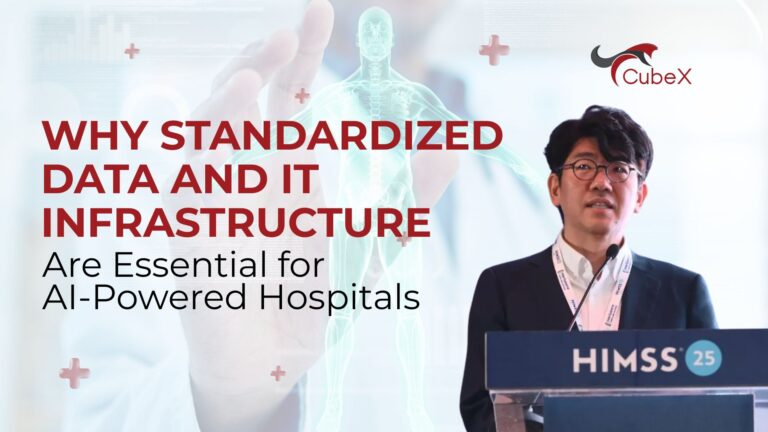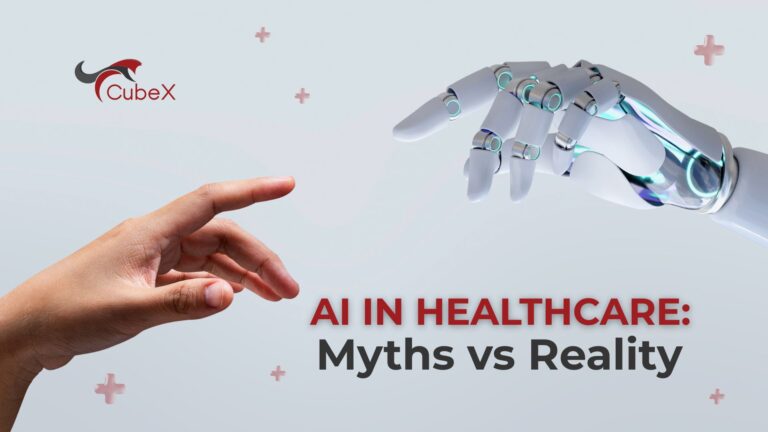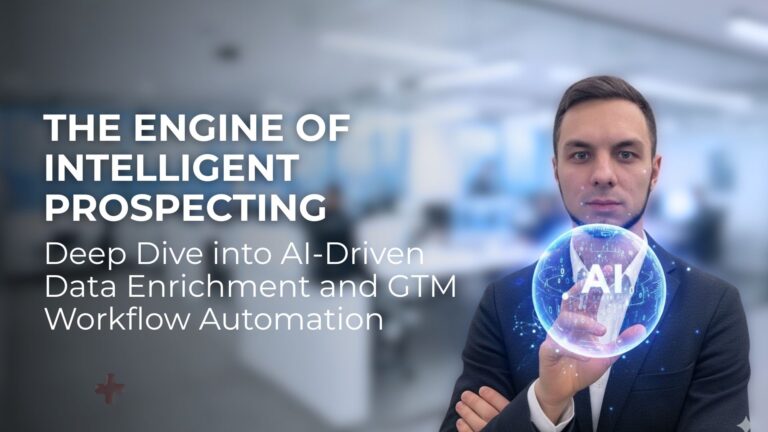Why Standardized Data and IT Infrastructure Are Essential for AI-Powered Hospitals
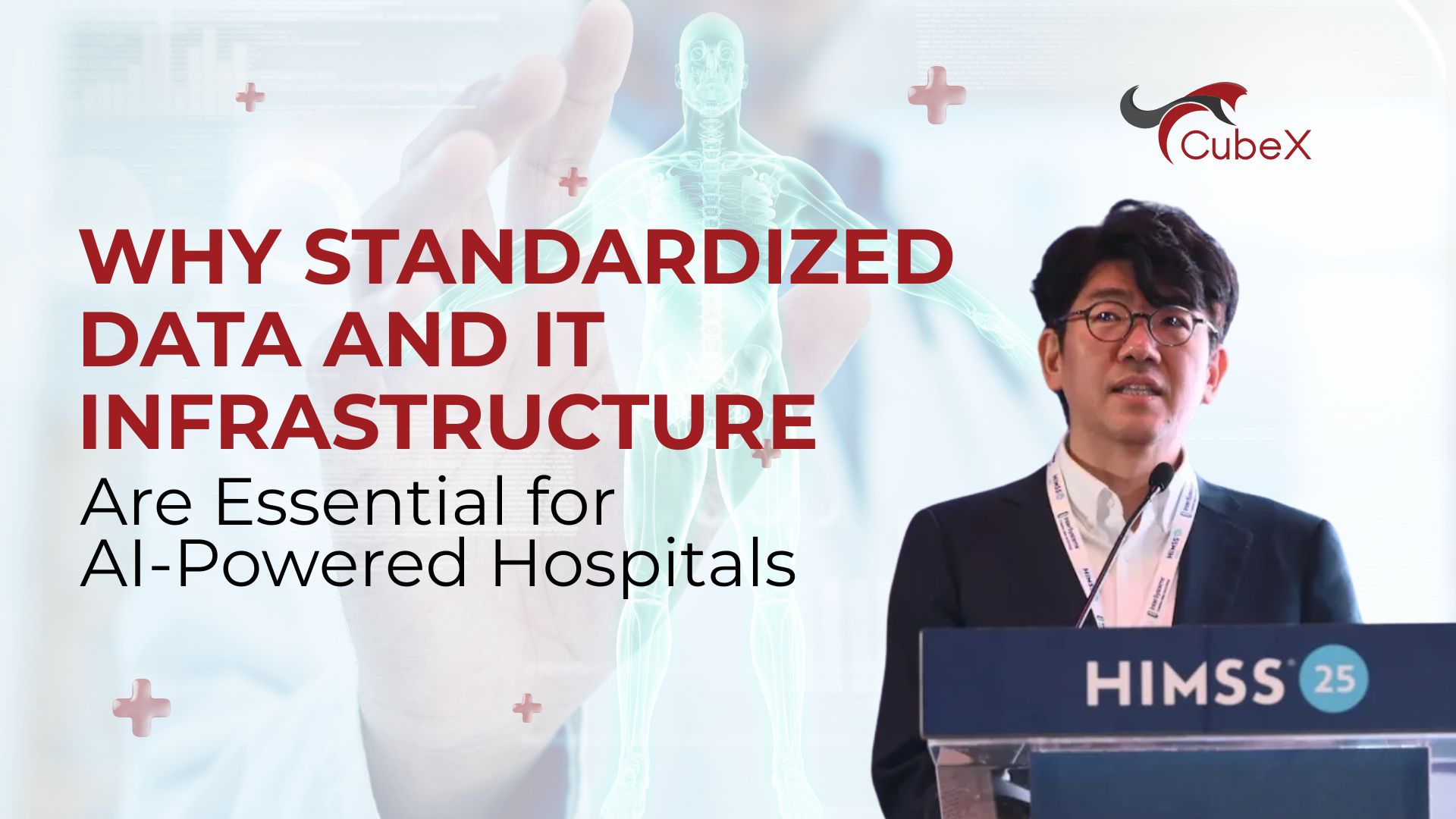
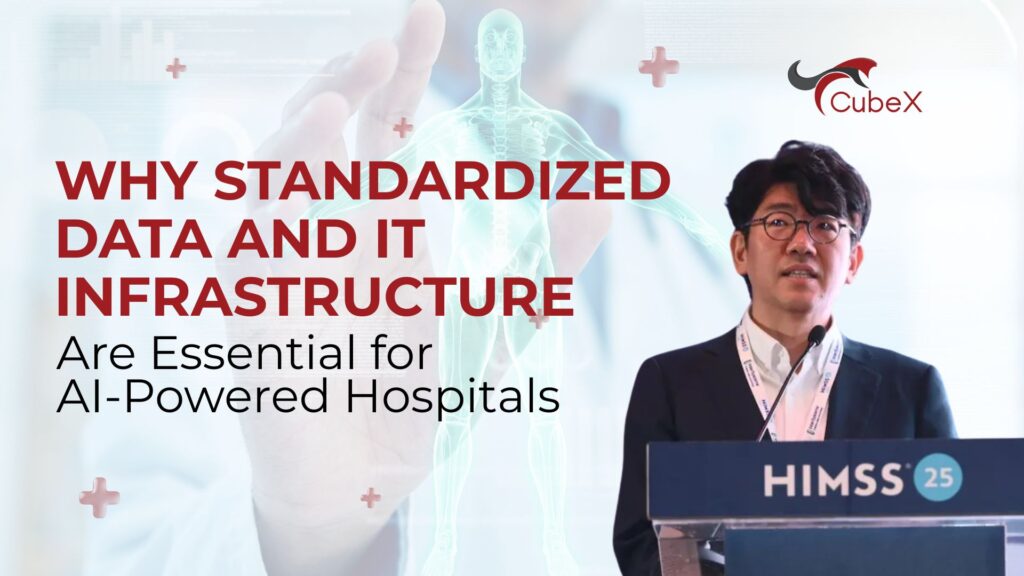
At HIMSS25 APAC, Professor Won-Chul Cha, CIO of Samsung Medical Center (SMC), shared valuable insights into the challenges and strategies behind integrating artificial intelligence into hospital systems.
One of the core challenges? Data quality and structure.
While EMR systems store vast amounts of data, not all of it is usable for AI applications.
“You need to periodically convert and update them,” Professor Cha explained.
“Without standardized data, you’ll face huge problems with AI implementation.”
Standardizing data isn’t just a technical requirement — it’s the foundation for making precise, reliable, and scalable decisions.
Solid Infrastructure for Scalable AI
Another key takeaway from Professor Cha’s talk:
AI needs powerful infrastructure to operate at scale.
At SMC, over 500 servers are currently used to support AI modules integrated into the hospital’s EMR system.
“From a system perspective, you need to think about legacy servers and networks.”
“The infrastructure must be capable of supporting AI.”
AI Must Be Understandable and Practical
There are plenty of AI products on the market — but that doesn’t mean they’re useful by default.
“What matters is how you use them,” said Professor Cha.
For real impact, AI must support clinical decision-making and enhance patient safety — not add friction or complexity to the workflows of healthcare professionals.
LLMs Only Add Value if They Improve Patient Journeys
Professor Cha emphasized that organizations interested in large language models must evaluate them carefully:
– Where in the patient journey will this bring value?
– How does it improve the patient experience?
– Will it lead to better outcomes?
“Integrate carefully,” he advised.
“We don’t want additional technology to increase the burden on nurses — physically or digitally.”
AI Is Part of a Broader Digital Transformation
“To use AI properly, you need a multi-level system and a strategic approach that drives better results.”
At SMC, their digital roadmap was shaped using HIMSS Digital Maturity Models.
These frameworks helped them identify weaknesses and design tailored improvements.
Final Thoughts
Artificial intelligence in healthcare isn’t a feature — it’s a strategic commitment.
It demands standardized data, robust infrastructure, integration that fits clinical workflows, and above all — a focus on real-world value for patients and providers.
As Professor Cha reminded us:
AI’s true potential lies not just in algorithms, but in how thoughtfully we embed it into the systems that care for people every day.
Contact Us
Please contact us for any further information









